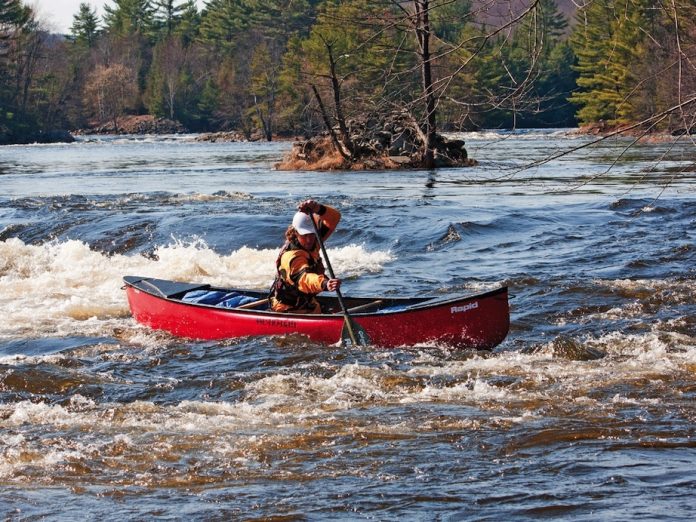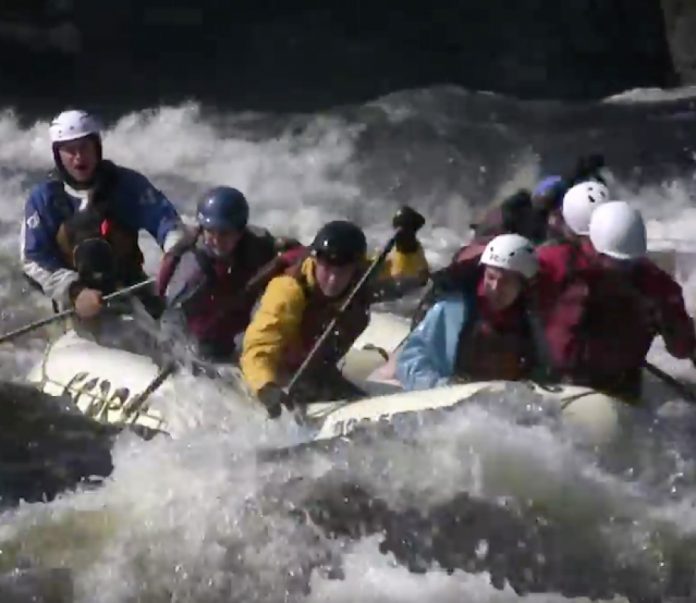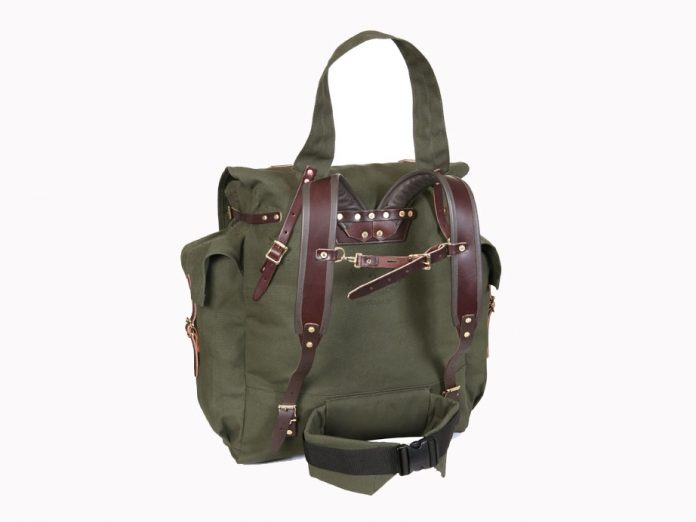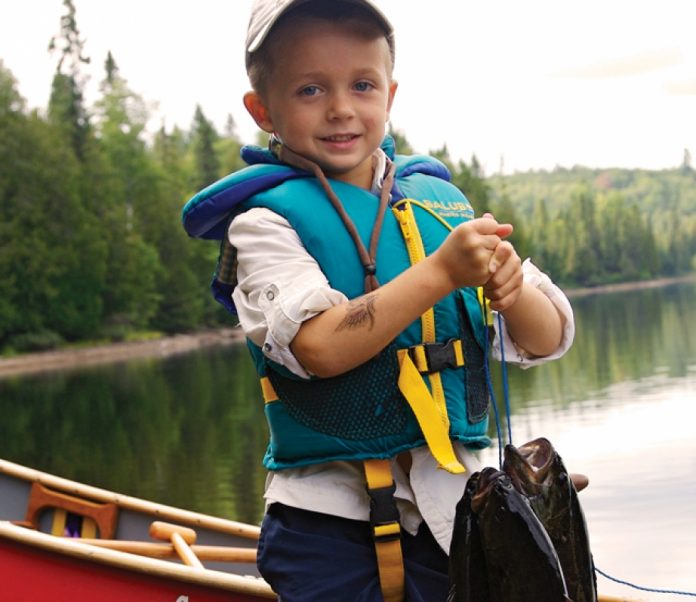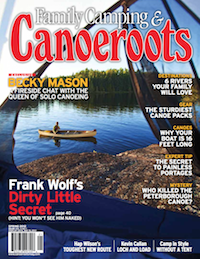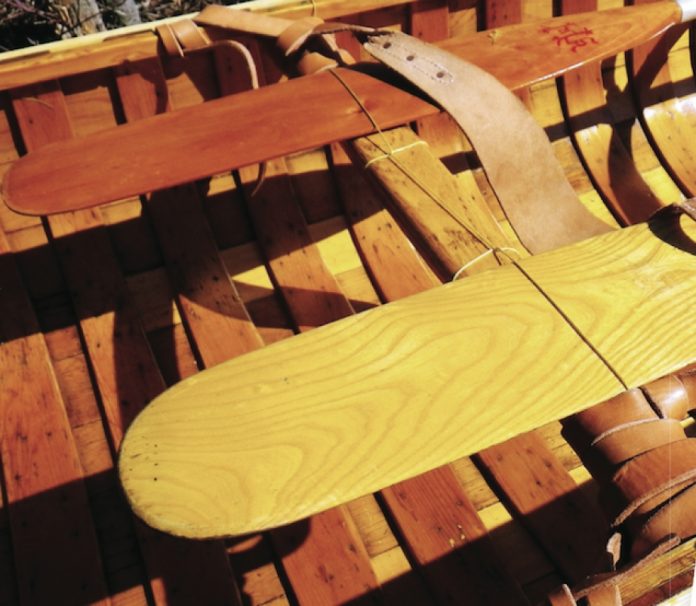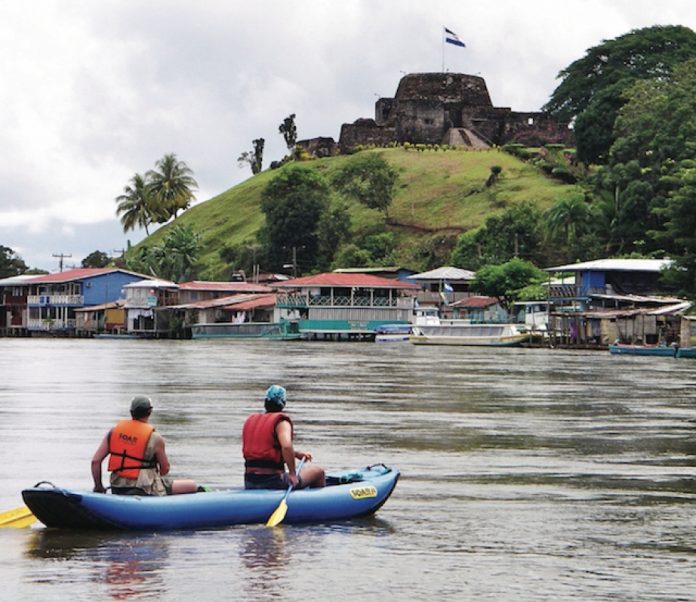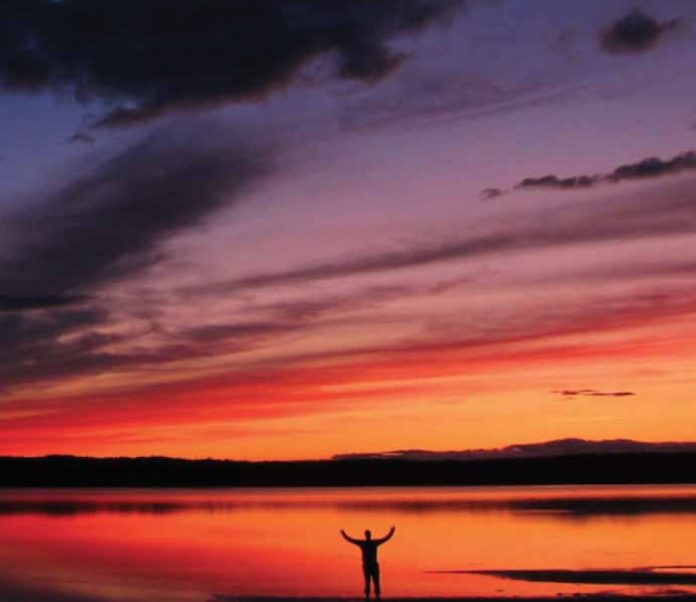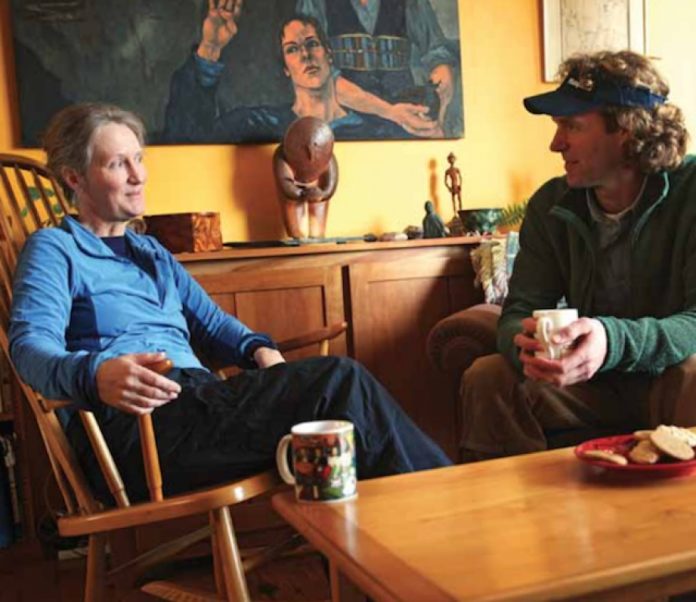I asked Jake Greseth, Wenonah’s marketing director, why they called their first solo whitewater playboat the Recon. Two reasons, he said. Recon for reconnaissance had a nice whitewater vibe to it, and Recon for reconnect. As Greseth says, “The Recon is nothing too tricky or extreme, it’s a welcoming platform for those who have been-there-done-that and want to go back and do it again.”
Most open boat designs are by guys building the perfect boat for themselves. Wenonah, on the other hand, designed the Recon to be a canoe for the people—lots of people.
On first inspection, the Recon looked to me like a Mad River Outrage crossed with an Esquif Spark. When I learned it was co-designed by Dana Henry, this made sense. Dana Henry is the son of Jim Henry, co-founder of Mad River Canoe and designer of the timeless Outrage. And the last time I saw Dana, he took 30 seconds off my best time at the ACA Open Canoe Slalom Championships—on my home river. No surprise, then, to see the subtle V hull of the Outrage and an asymmetrical cab-forward shape reminiscent of the Spark.
Not everyone is excited about smaller and edgier open canoes. After 12 years of paddling OC1s less than 10 feet long, even I found getting back into 13 feet of Royalex was pleasantly reassuring. The Recon has no wobble or flip-flop from gunwale to gunwale like my Esquif Zoom or the Mohawk Maxim.
It takes an extra stroke to get the Recon moving but it is so much faster and carries its speed so much deeper through turns. Think big forward stroke with a stern correction stroke… Oh, glory days.
With very little tilt, the Recon’s shallow V really holds a ferry angle. Give it more tilt and the ends magically release and the bow swings smoothly around. After a few big eddy turns, I started dropping the 13-foot hull into places it really shouldn’t be. The secret is to approach with a very open angle and work its release effect with an offside tilt to slam on the brakes and snap the bow upstream. Fun.
The Recon is super dry whether surfing or crashing through breaking waves. Seldom does water splash on the decks and the bow doesn’t pearl, period. Wenonah decked the Recon 30 inches from the bow and stern to shed water and add style. It looks tidy, but in my opinion just adds weight and makes draining a nuisance. If it were my boat, I’d take them off.
The highly adjustable outfitting in our Recon was the work of Wenonah western sales rep, Kurt Renner. The base of the two-piece saddle glues to the hull; the top—the part you sit on—attaches with Velcro and moves forward or backward to adjust trim. Also adjustable are the knee pads, which Velcro to strips on the floor. Single thigh straps thread through pre-installed loops. Behind the seat on each side are foam block ankle risers—you’ll want to shape these to suit. Vinyl float bags are included.
With only Velcro holding it down, I thought all the foam would rip out in the first hole, but the only thing ripped out of the Recon was me. Yup, I swam. Without foot pegs and with single thigh straps, it is almost impossible to stay in. For many old school paddlers, I bet that’s okay, preferred in fact. The rest of us can order the Recon as a naked hull and take the time to dress it ourselves.
While most of the open boat world is riding old designs or innovating with very niche models, the Recon offers class II–III canoeists a cruisy new option that’s smooth and stable, just like all solo boats used to be.
MATERIAL: ROYALEX
LENGTH: 13’
MAX WIDTH: 29”
ROCKER: 6”
HULL WEIGHT: 57 LBS
MSRP: HULL $1,099 or FACTORY OUTFITTED $1,899
This story originally appeared on page 24 of the Early Summer 2012 issue of Rapid magazine. Read the entire issue here.



